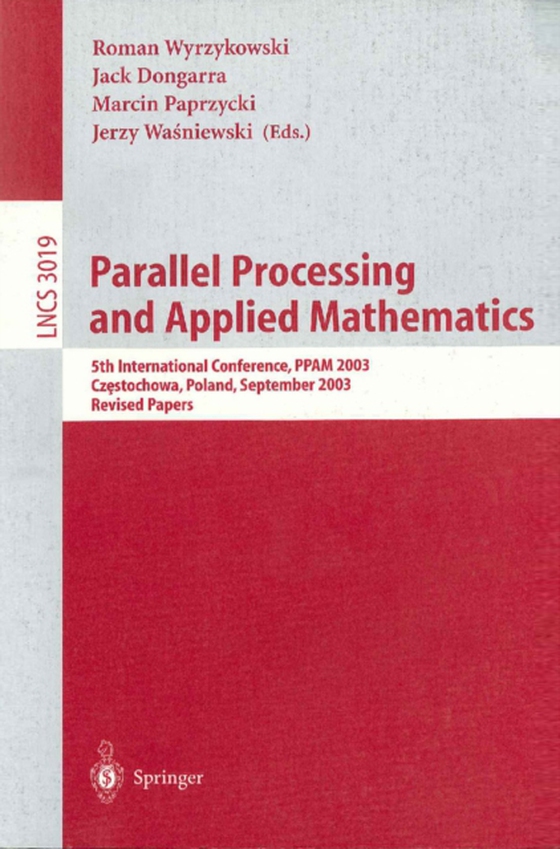
Parallel Processing and Applied Mathematics e-bog
1094,16 DKK
(ekskl. moms 875,33 DKK)
It is our pleasure to provide you with the volume containing the proceedings of the 5th International Conference on Parallel Processing and Applied Mathe- tics, which was held in Cz estochowa, a Polish city famous for its Jasna Gora Monastery, on September 7-10, 2003. The ?rst PPAM conference was held in 1994 and was organized by the Institute of Mathematics and Computer Science of the Cz estoc...
E-bog
1094,16 DKK
Forlag
Springer
Udgivet
14 april 2004
Genrer
Applied mathematics
Sprog
English
Format
pdf
Beskyttelse
LCP
ISBN
9783540246695
It is our pleasure to provide you with the volume containing the proceedings of the 5th International Conference on Parallel Processing and Applied Mathe- tics, which was held in Cz estochowa, a Polish city famous for its Jasna Gora Monastery, on September 7-10, 2003. The ?rst PPAM conference was held in 1994 and was organized by the Institute of Mathematics and Computer Science of the Cz estochowa University of Technology in its hometown. The main idea behind the event was to provide a forum for researchers involved in applied and computational mathematics and parallel computing to exchange ideas in a relaxed atmosphere. Conference organizers hoped that this arrangement would result in cross-pollination and lead to successful research collaborations. In - dition, they hoped that the initially mostly Polish conference would grow into an international event. The fact that these assumptions were correct was proven by the growth of the event. While the ?rst conference consisted of 41 presen- tions, the conference reached 150 participants in Na l ecz' ow in 2001. In this way the PPAM conference has become one of the premiere Polish conferences, and de?nitely the most important one in the area of parallel/distributed computing andappliedmathematics. This year's meeting gathered almost 200 participants from 32 countries. A strict refereeing process resulted in the acceptance of approximately 150 cont- buted presentations, while the rejection rate was approximately 33%.
 Dansk
Dansk

